How The Broke Backpacker Scaled from $10/Day Travels to a $1M Global Travel Brand
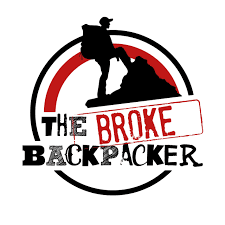
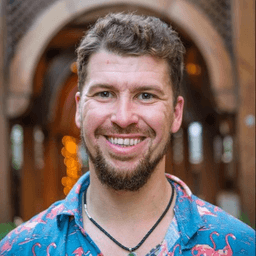
Business Description
Table of Contents
Navigate through the case study sections
Executive Summary
Case Study Content
Introduction
Will Hatton launched The Broke Backpacker after pushing through a long stint in India with only $10 per day. Starting as a simple email list for three dozen friends, it became a dedicated website in 2013. Since then, it’s grown to over 4,000 pages of budget guides and draws roughly 800,000 monthly readers.
Early Content Strategy
Rather than compete in crowded markets, Will focused on countries with almost no online travel coverage, think Pakistan, Iran, and Myanmar. He published plain-text guides with no images or fancy layouts. Because Google found zero alternatives, those pages shot to the top of search results, capturing curious travelers looking for fresh routes.
Monetization Breakthrough
In the first year, revenue arrived via sponsored posts, barely hitting $2,500 a month. The real turn came when Will sold 12 live tour slots in Pakistan for $750 each through a Snapchat post, 12 spots sold in 24 hours, netting $20,000. That cash allowed him to hire a virtual assistant team and negotiate better affiliate rates with gear providers and booking platforms.
Scaling Operations
To keep up with demand he crafted a step-by-step content workflow. Senior editors outlined high-value money topics, junior writers expanded them, and VAs handled layout, photos and SEO checks via Asana and Trello. Publishing multiple guides weekly became routine, freeing Will to strike new brand partnerships.
Diversification and Team Building
Beyond affiliate commissions, The Broke Backpacker launched merchandise, online courses, and e-books. A YouTube channel and social channels kept audiences engaged. Will recruited remote editors, content writers, and community managers eager to share budget tips. Hiring people who loved travel kept culture fun and flexible.
Overcoming Crises
Google algorithm shifts forced fresh page formats and more varied content types. Then came COVID-19. Overnight traffic plunged 90% and monthly losses hit $40,000. Will used personal savings, cut costs, and poured free webinars and downloadable resources into his newsletter. When travel re-opened, he reclaimed much of his audience by fine-tuning affiliate offers and community outreach.
Future Roadmap
Now Will plans a hostel franchise for digital nomads, a travel podcast, and an advisory platform for aspiring location-independent entrepreneurs. He’ll keep income streams varied, focus on strong partner deals, and build deeper ties with his community through events and mentorship.
Conclusion
By zeroing in on uncovered destinations, refining his affiliate approach, and scaling a global remote team, Will Hatton turned shoestring adventures into a full-blown travel brand. His story highlights how targeted content, quick pivots during downturns, and community focus can grow a niche site into a lasting business.
Key Takeaways
- 1Will Hatton focused on underserved countries like Pakistan and Iran to dominate top search results and attract early organic traffic.
- 2A Snapchat post selling 12 live tour slots at $750 each generated $20,000 in 24 hours, funding the first team hires and setting affiliate growth in motion.
- 3A structured content workflow using senior outlines, junior writers, and VAs on tools like Asana and Trello enabled publishing several high-value guides each week.
- 4Diversifying into merchandise, online courses, and a YouTube channel reduced risk by adding multiple revenue streams beyond affiliate commissions.
- 5During COVID-19, free webinars and community resources fueled newsletter growth and set the business up to recover traffic and revenues as travel resumed.
- 6Will’s ongoing plan includes a hostel franchise for remote workers, a travel podcast, and a mentorship platform to deepen community engagement.
Key Facts
Tools & Technologies Used
Premium Content Locked
Subscribe to access the tools and technologies used in this case study.
Unlock NowHow to Replicate This Success
Premium Content Locked
Subscribe to access the step-by-step replication guide for this case study.
Unlock NowInterested in Being Featured?
Share your success story with our community of entrepreneurs.
Explore More Case Studies
Discover other inspiring business success stories
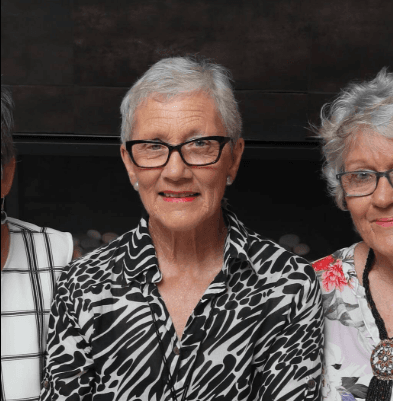
From Cancer Survivor to $533K Ecommerce Exit: How Jill Tucker Built and Sold Erilan
Jill Tucker founded Erilan in Wagga Wagga, Australia after her own breast cancer experience left her searching for bette...
Erilan
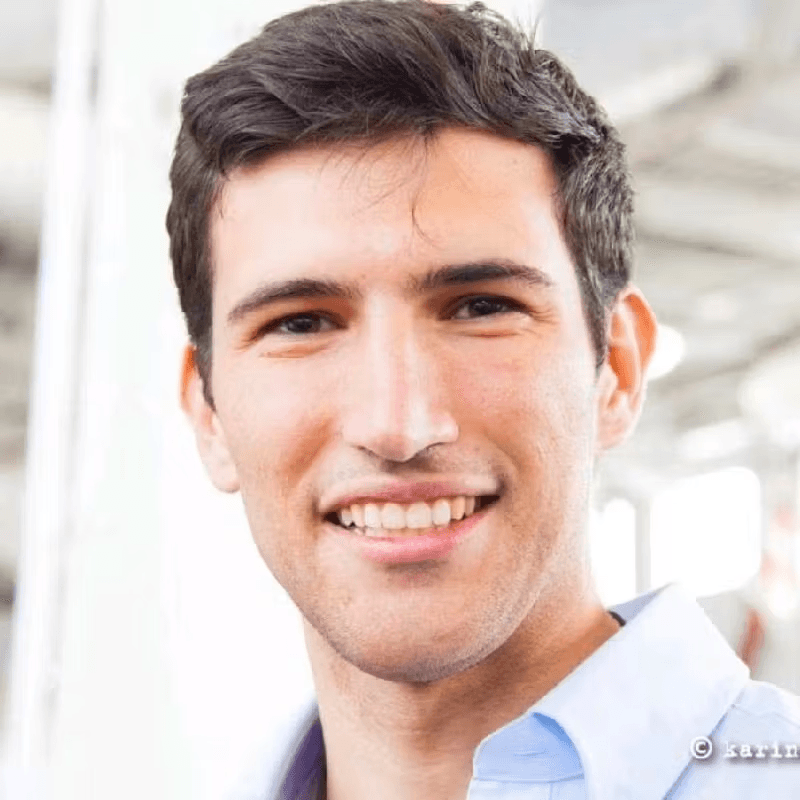
How Unboxme’s SEO Strategy Drove a 369% Revenue Surge
Unboxme is a custom gift box e-commerce startup founded in 2020 that crafts curated boxes for every occasion, from emplo...
Unboxme
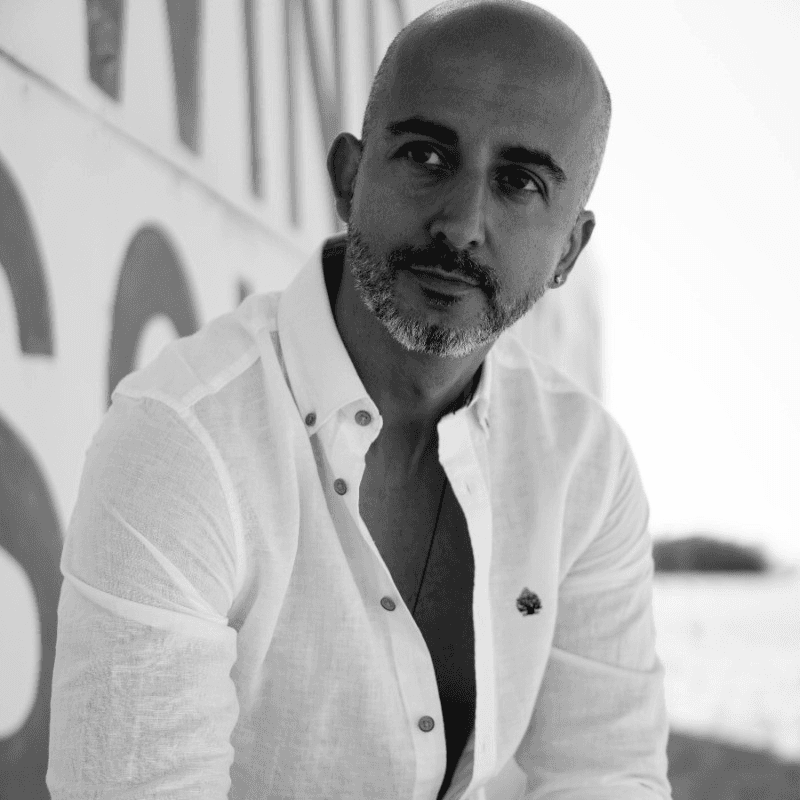
How OODIENCE Uses Demand Gen to Secure Top Exit Valuations
OODIENCE reimagines online business exits by using audience-focused demand generation. Rather than relying on general ma...
OODIENCE